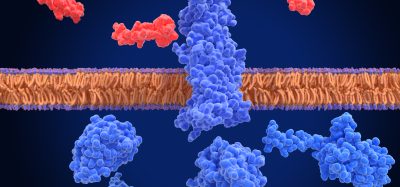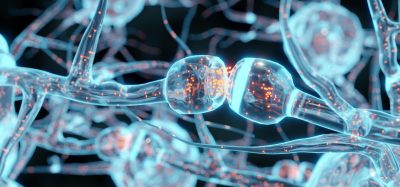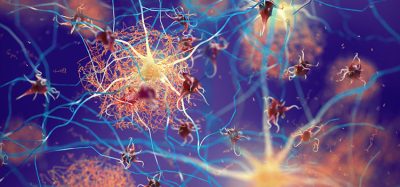Stem cells could repair spinal cord injuries
Posted: 24 August 2022 | Ria Kakkad (Drug Target Review) | No comments yet
Researchers have identified latent stem cells that could respond to spinal cord injuries.
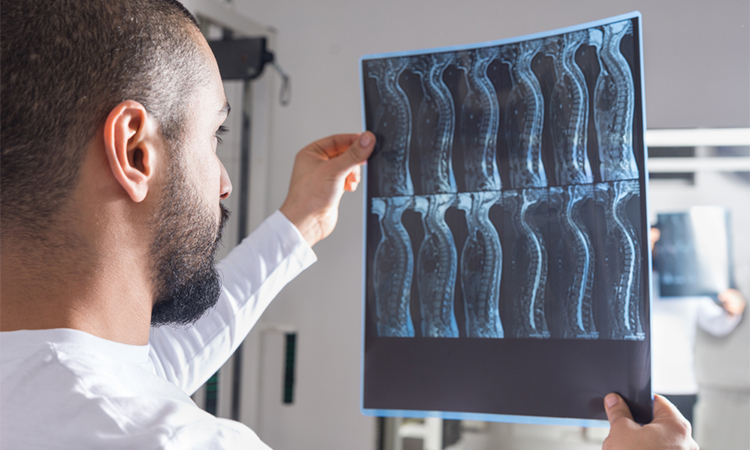

Scientists from the Francis Crick Institute, UK and the Institute of Molecular Medicine, Portugal have identified a group of latent stem cells the central nervous system. In their study, which was recently published in Developmental Cell, they tested how these cells respond in healthy mice and those with spinal cord injuries.
The cells were identified by chance when the team used a fluorescence tool to look for dendritic cells in the brain. The ependymal cells that the tool identified were found to arise from embryonic progenitor cells that shared a same protein as dendritic cells on their surface, which revealed them to the scientists.
The scientists found that in healthy mice, these cells stay still and waft small hairs on their surface to help the flow of cerebrospinal fluid. However, in injured mouse spinal cords, these cells responded by dividing, migrating towards the damaged area and differentiating into astrocytes, one of the major cell types of the nervous system.
The team also looked at these cells in detail in the lab and found they demonstrated key hallmarks of stem cell behaviour. They divided continuously over a long period of time and were also able to differentiate into all three main cell types of the central nervous system – neurons, astrocytes and oligodendrocytes.
“While we do not know if these cells exist in humans, if they do, it would be interesting to see if they also default to becoming astrocytes rather than neurons in response to damage. This might help explain why the mammalian central nervous system does not have a strong ability to repair itself after injury,” said Bruno Frederico, co-corresponding author of the study. “If we could find a way to overcome the barriers that are stopping the differentiation into neurons and oligodendrocytes after spinal cord injury, it could present a new avenue of therapies to treat spinal cord injuries.”
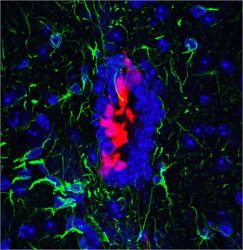

Image of uninjured mice spinal cord, with ependymal cells shown in red
[Credit: Bruno Frederico].
The researchers argue that unlocking the potential of these cells could help the body produce new neurons after spinal injury.
“There was uncertainty over whether ependymal cells can have neural stem cell capabilities, but this study underscores their potential,” concluded Caetano Reis e Sousa, co-corresponding author and principal group leader at the Francis Crick Institute. “We hope that studying these cells will help build a more complete picture of the role different types of stem cells play in repairing damage, which could have important implications for regenerative medicine.”
Related topics
Neurons
Related conditions
Spinal cord injuries
Related organisations
Francis Crick Institute, Institute of Molecular Medicine Finland
Related people
Bruno Frederico, Caetano Reis e Sousa



